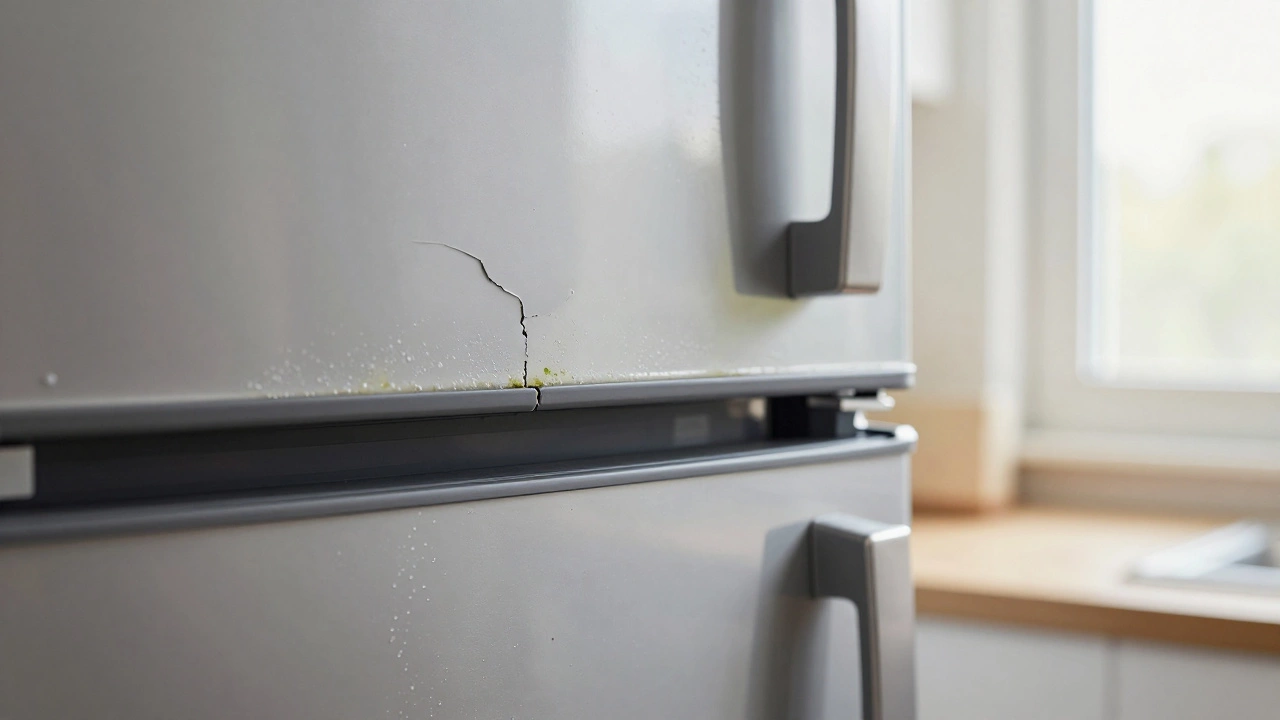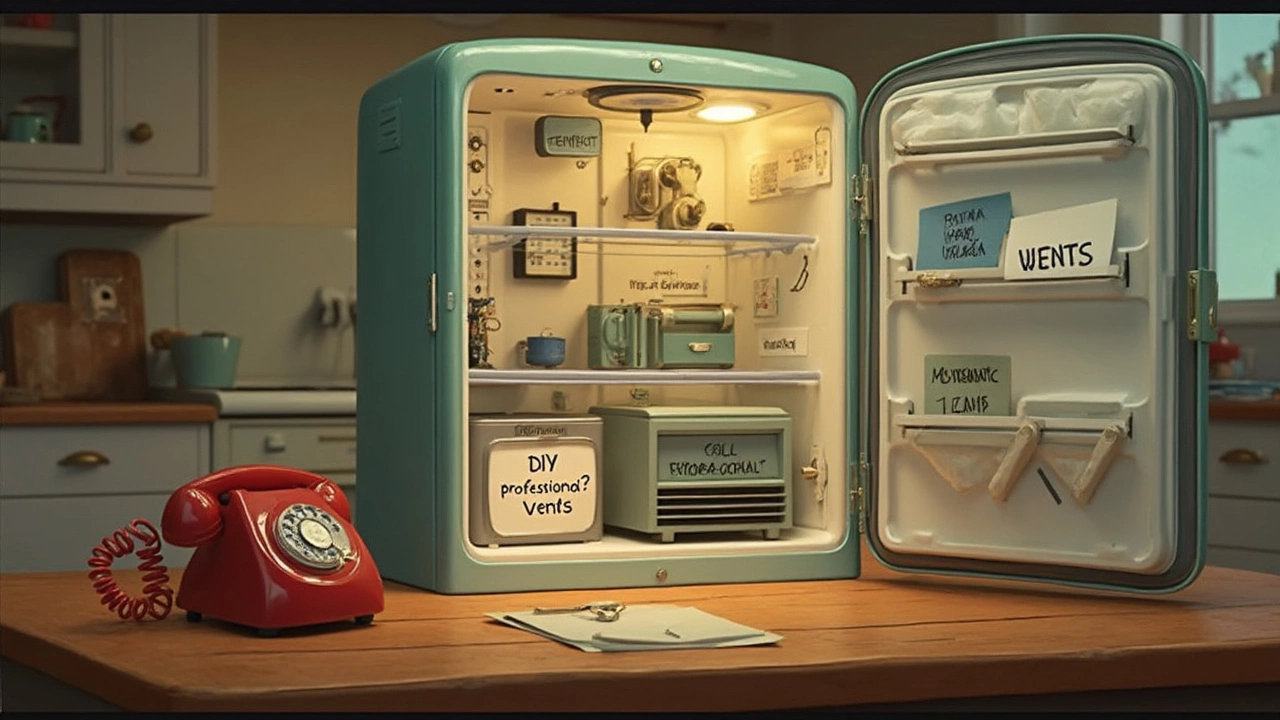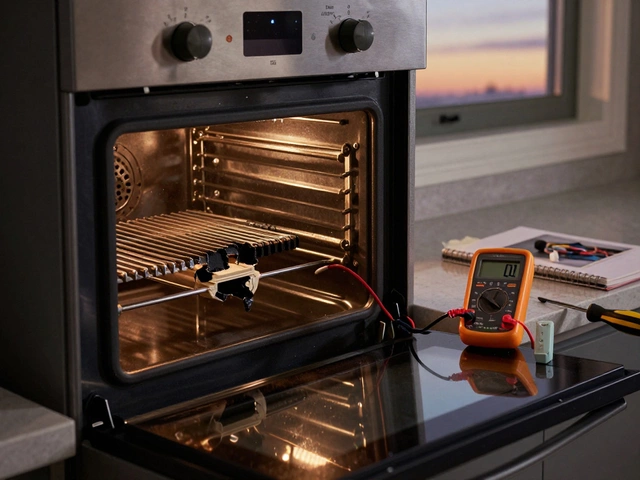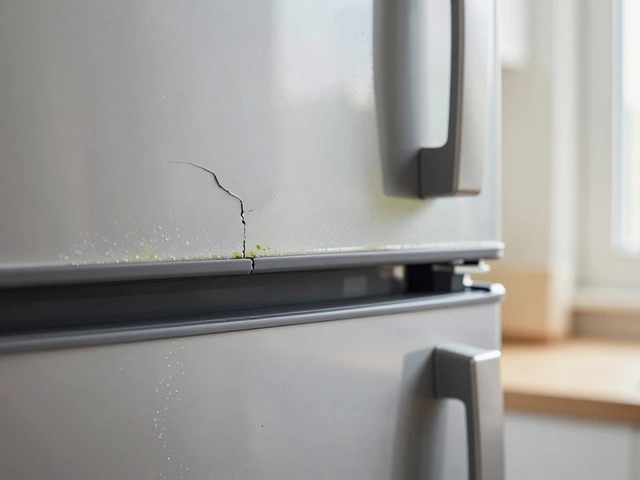Fridge Not Cooling – What’s Going Wrong?
When dealing with Fridge Not Cooling, the situation where a refrigerator stops keeping food cold enough to stay safe. Also known as refrigerator not cooling, it usually points to a problem in the cooling cycle. The cooling cycle encompasses several key parts: the compressor, the motor that pressurises refrigerant and moves heat out of the fridge, the thermostat, the sensor that tells the system when to turn on or off, and the door seal, the rubber gasket that keeps cold air in and warm air out. When any of these components fails, the fridge loses its ability to maintain temperature.
Common Reasons Your Fridge Won’t Cool
First up, the compressor is the heart of the system. If it sputters or stops, the refrigerant never circulates, so the interior stays warm. A noisy, humming motor often signals a bad bearing or low refrigerant charge. Next, the thermostat can become stuck in the “off” position, meaning the cooling cycle never fires. Many people overlook this simple sensor, but swapping it out is usually cheap and quick. The door seal may look fine but can develop tiny cracks or become compressed, letting warm air seep in and forcing the unit to work harder. Check for drafts by sliding a dollar bill between the door and frame – if it slides out easily, the seal needs replacing.
Other parts join the picture: the evaporator coil can freeze over if the defrost timer or heater fails, which blocks airflow and makes the fridge feel warm. The condenser coils at the back of the unit gather dust over time; a buildup reduces heat exchange efficiency and can overheat the compressor. A low refrigerant level, often caused by a tiny leak, also kills cooling power. Lastly, modern fridges use temperature sensors and control boards; a glitch there can misread the interior temperature and shut down the compressor.
If you’re staring at a warm inside and wondering why, start with the obvious: listen for the compressor’s buzz, feel the back for heat, and inspect the door gasket. Clean the condenser coils with a brush, defrost any ice buildup, and reset the thermostat by unplugging the fridge for a few minutes. When those steps don’t bring back the chill, it’s time to call a pro – especially for compressor or refrigerant issues that need specialised tools. Below you’ll find a curated set of articles that dig deeper into each cause, offer step‑by‑step troubleshooting, and explain when a repair makes sense versus a replacement. Let’s get that cold back where it belongs.
The most common refrigerator repair is replacing the door seal. Learn how to spot a failing gasket, test it yourself, and fix it for under $100. Avoid costly compressor failures by addressing this simple issue early.
If your fridge has stopped cooling even though the light still turns on, it can be a bit puzzling. This issue might arise from various factors including blocked vents, faulty evaporator fans, or thermostat troubles. Learn how to troubleshoot these issues with practical tips and straightforward information. Understanding the root of the problem can help you decide whether a simple DIY fix is possible or if it's time to call a professional. Don't let a warm fridge spoil your groceries, get informed now!



